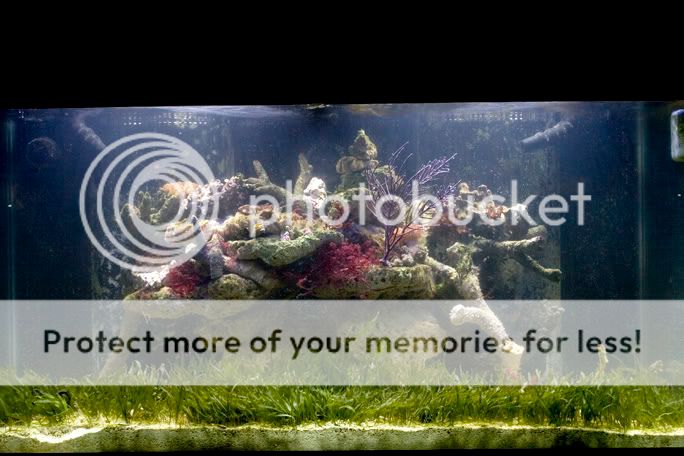rando45
In Memoriam
Ok. I have used Caulerpa in my fuges for many years. I love the stuff, and I know many people think of it as a scourge in as reeftank. I think that if you understand its needs better, then you may not be so against its use in your own aquarium filtration system.
I am tired of seeing people who say their Caulerpa went asexual! Sheesh, ASEXUAL is how it grows and spreads; sending out runners, etc. What people mean is when not properly taken care of, Caulerpa goes SEXUAL. By that, it releases gametes into the water to fertilize and begin growing elsewhere. When it does this, the macroalgae turns all white and falls apart and dies. It is a last ditch effort to continue its species. When nutrients run out, or it consumes too much or a mass dip in water temp can cause such things.
Another factor is lighting. If you keep caulerpa in a fuge, you NEED to keep it lit 24/7. Otherwise it will eventually GO SEXUAL and foul your tank. Keeping the macro lit this way keeps it growing and does not allow itself to spawn.
Come on, we all know many species of Caulerpa are very attractive, and it grows and removes nutrients as well as any other macro; super efficient.
Please keep this in mind and maybe if you understand these things, you may want to keep it in your tank as well. A little knowledge goes a long way!
I am tired of seeing people who say their Caulerpa went asexual! Sheesh, ASEXUAL is how it grows and spreads; sending out runners, etc. What people mean is when not properly taken care of, Caulerpa goes SEXUAL. By that, it releases gametes into the water to fertilize and begin growing elsewhere. When it does this, the macroalgae turns all white and falls apart and dies. It is a last ditch effort to continue its species. When nutrients run out, or it consumes too much or a mass dip in water temp can cause such things.
Another factor is lighting. If you keep caulerpa in a fuge, you NEED to keep it lit 24/7. Otherwise it will eventually GO SEXUAL and foul your tank. Keeping the macro lit this way keeps it growing and does not allow itself to spawn.
Come on, we all know many species of Caulerpa are very attractive, and it grows and removes nutrients as well as any other macro; super efficient.
Please keep this in mind and maybe if you understand these things, you may want to keep it in your tank as well. A little knowledge goes a long way!



